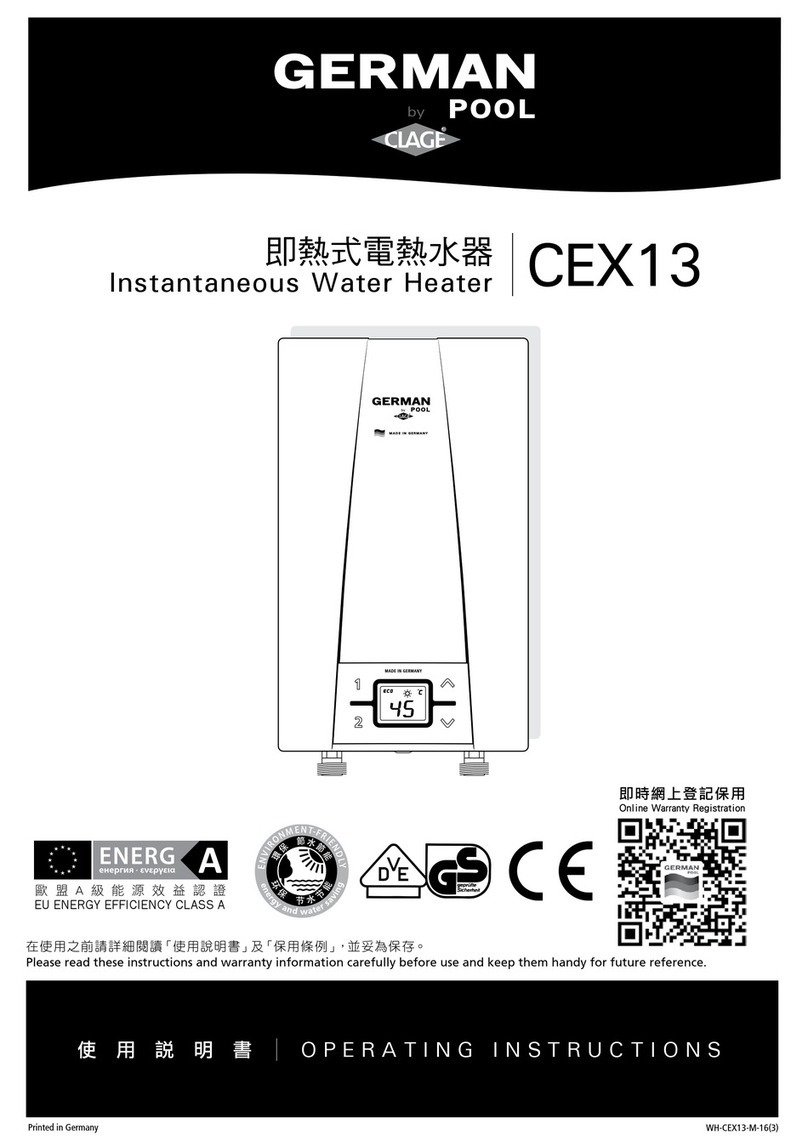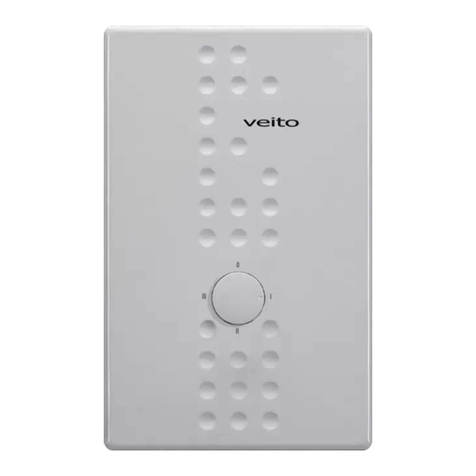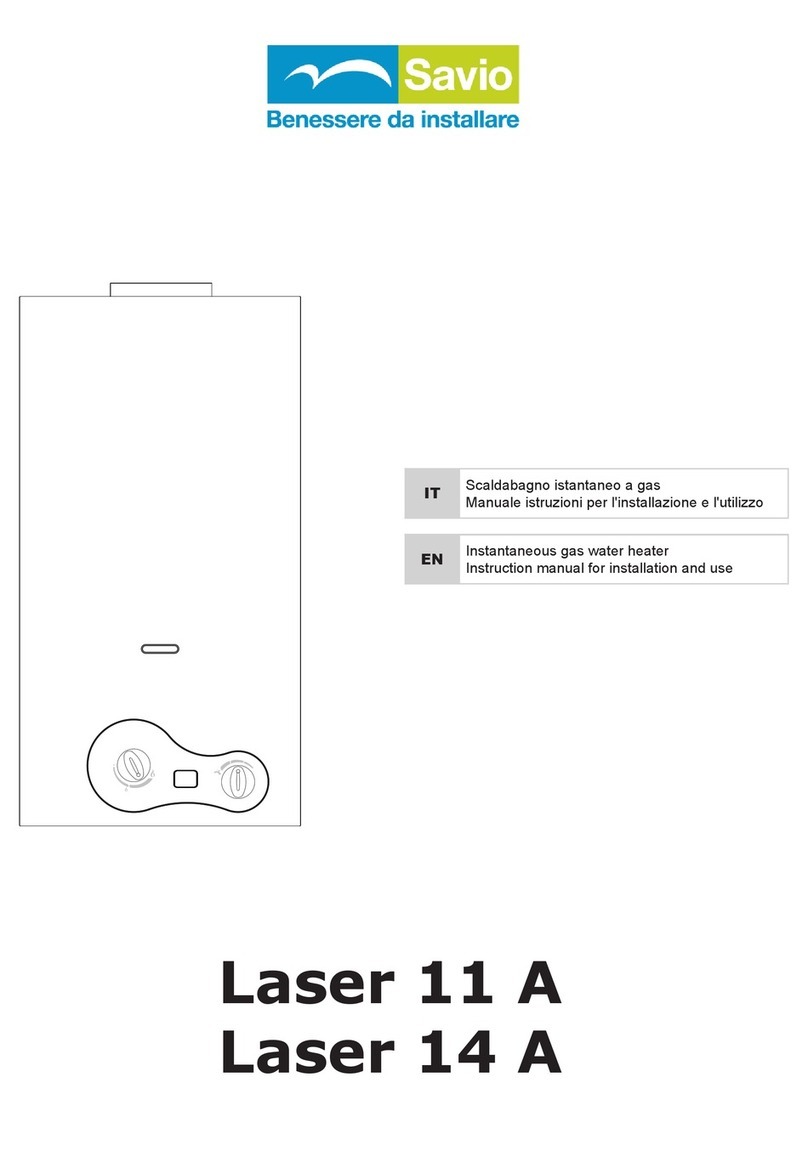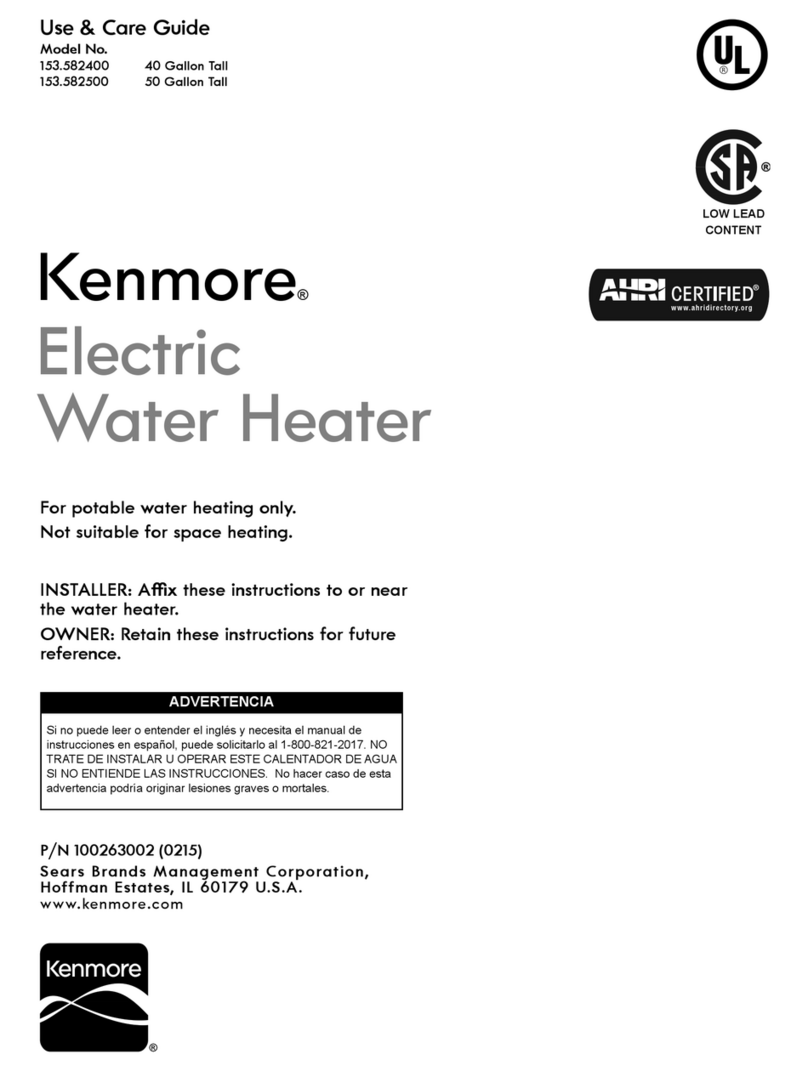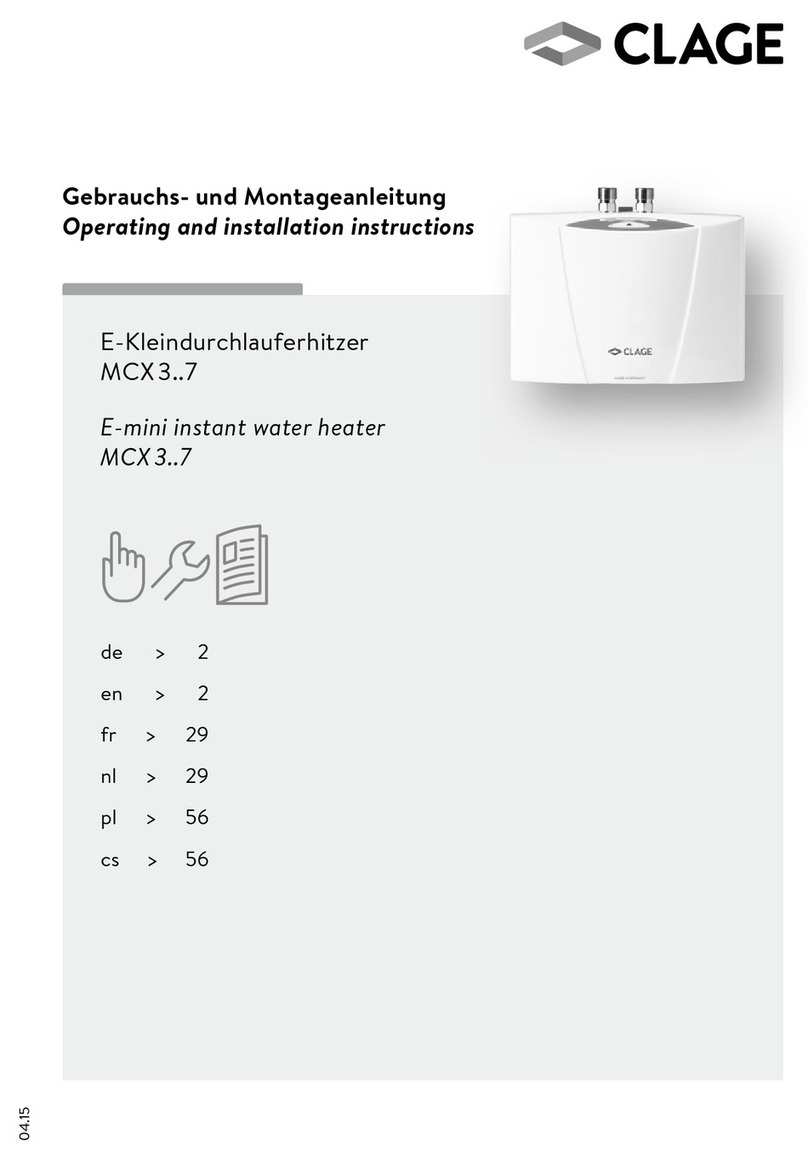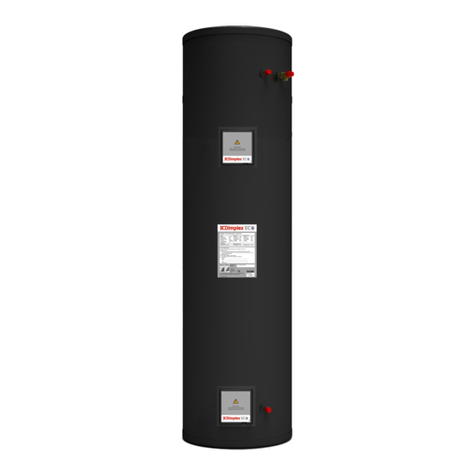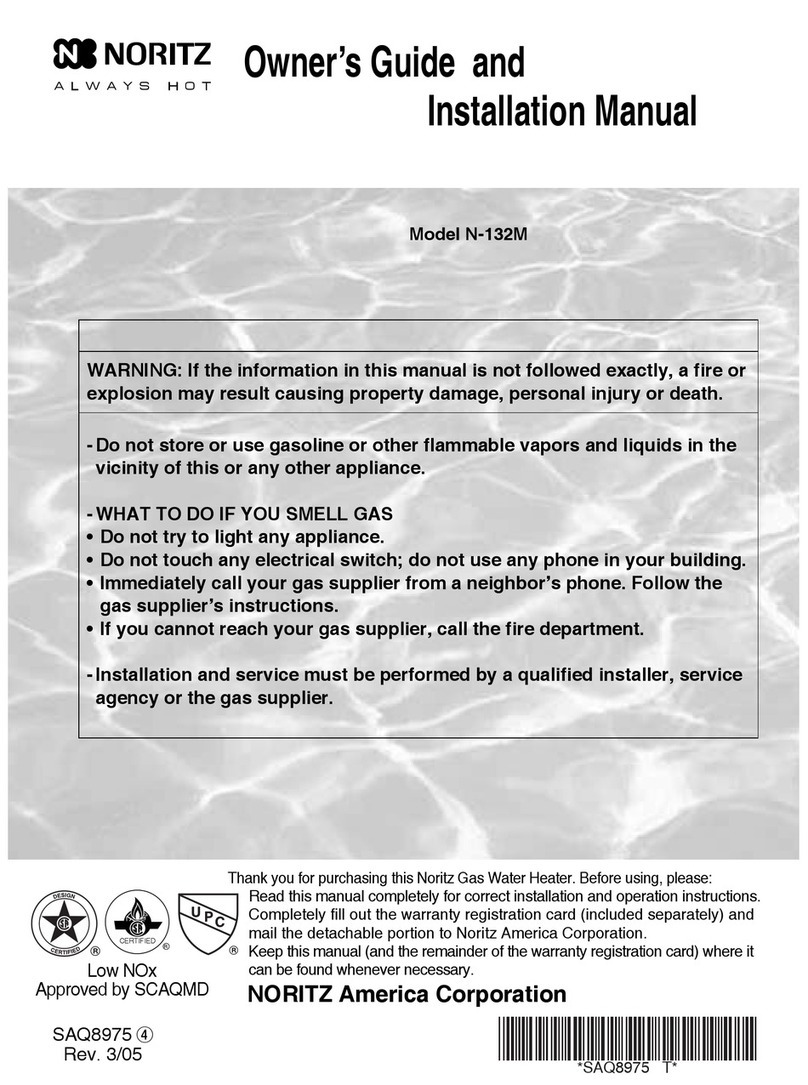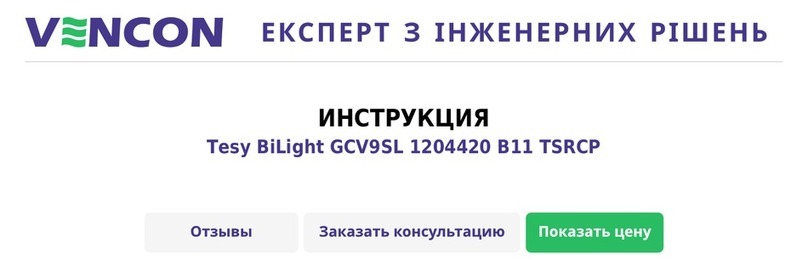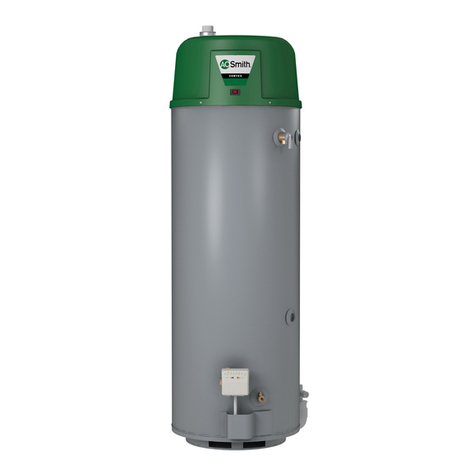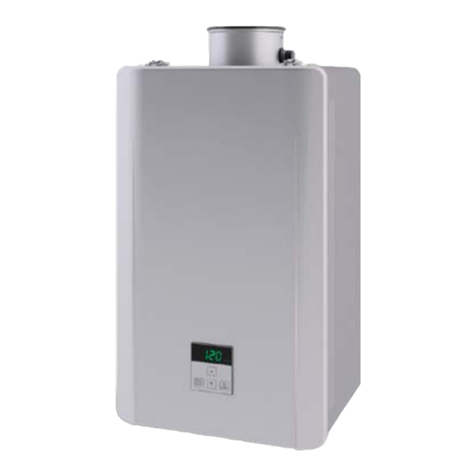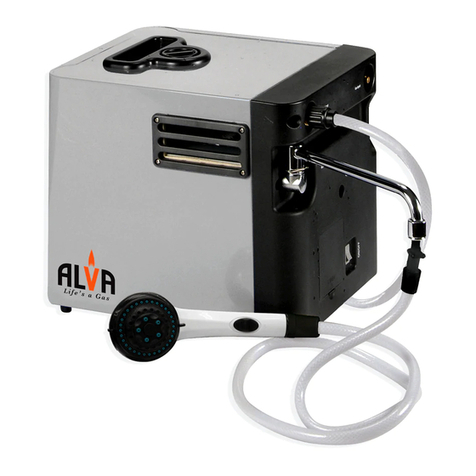
IMPORTANT INFORMATION FOR THE USER
This appliance may only be installed by a registered SAQCC Gas installer. All
registered installers are issued with a card carrying their registration number.
Ask to be shown the card before allowing the installation work to commence
and make a note of the Installer registration number. Upon completion of the
installation, the installer is required to explain the operational details of the
appliance together with the safety instructions. You will be asked to sign
acceptance of the installation and be provided with a completion certicate.
You should only sign for acceptance of the installation when the installation is
completed to your satisfaction.
Note that your invoice is required in the event that you wish make a guarantee
claim.
IMPORTANT INFORMATION FOR THE INSTALLER.
This appliance may only be installed by a gas installer registered with the South
African qualication and certication committee (SAQCC). The appliance must
be installed in accordance with the requirements of SANS 10087-1 for use with
LPG, SANS 827 for use with NG and any re department regulations and/or
local bylaws applicable to the area. If in doubt, check with the relevant authority
before undertaking the installation. Upon completion of the installation you are
required to fully explain and demonstrate to the user the operational details and
safety practices applicable to the appliance and the installation.
CAUTIONS
(a) Don’t use the water heater in the sealed room or poorly ventilated place.
(b) The exhaust pipe must be installed to discharge exhaust gas outside.
(c) During operation, if you nd out there is a gas leakage, you should close the
gas valve immediately. The cause of the gas leakage should be tested and
the service center or gas company must be contacted.
(d) Before leaving the house or going to sleep, please be sure to shut off the
gas supply.
(e) Do not place any objects at the exhaust port or air inlet to avoid poisoning
caused by incomplete combustion.
(f) During operation, please pay attention to combustion situation. If there is an
abnormal combustion, you should close the gas valve immediately and then
contact the service center or gas company for maintenance.
(g) When the outdoor temperature drops below zero and freezing may
occur, the remaining water should be discharged out of heater after using it.
Water should be discharged in the following steps: turn off the gas supply
valve – turn off the tap water supply valve - remove the water discharge
valve to discharge remaining water entirely - re–install the water discharge
valve.
(h) The body of the water heater can get very hot during operation, so please
don’t touch any part of the water heater except for the switches.
(i) While using the water heater constantly, please pay attention to the
temperature of the water owing out initially so as to prevent from being
scalded.
(j) Check the gas pipe and rubber hose regularly. If you nd out joints are not
tight or there are cracks in the hose, you should stop using and make timely
maintenance or replace with a new one.
Please read the
instructions carefully
before use.
Retain this manual for
future reference.
